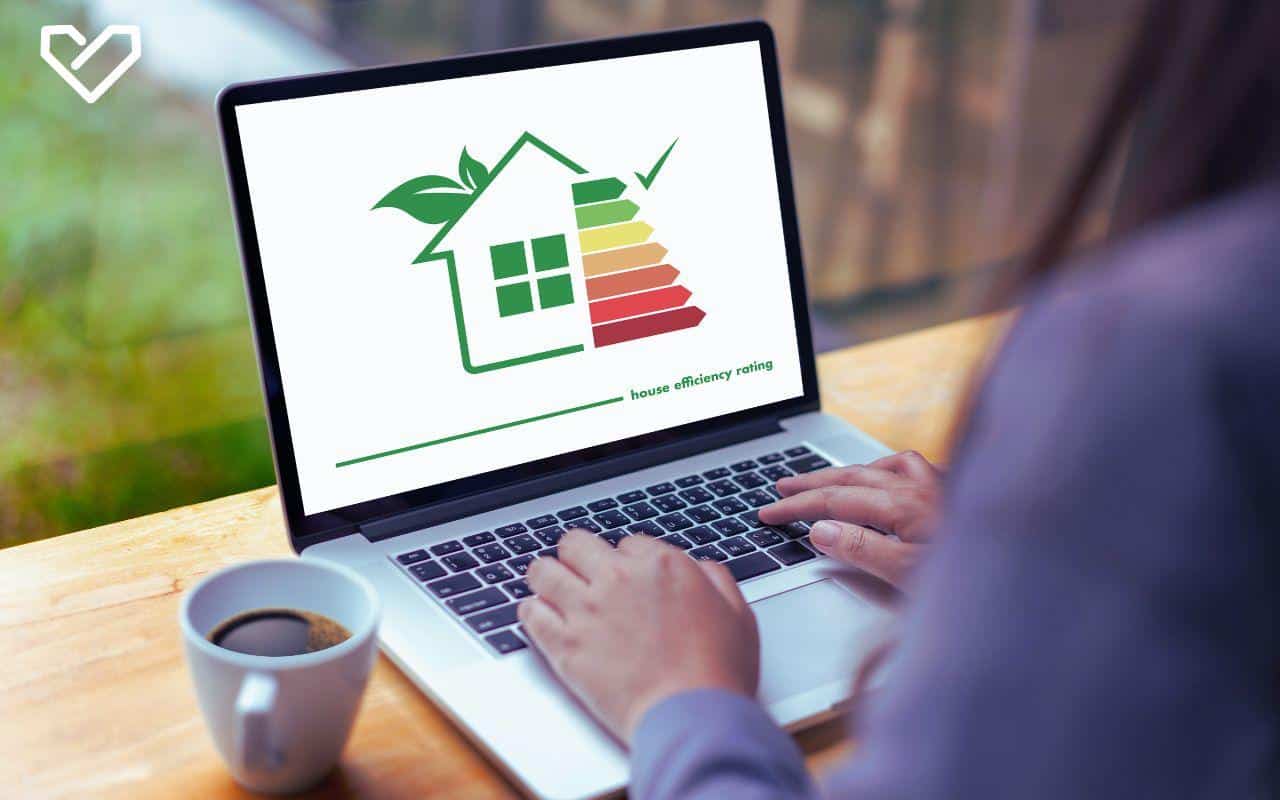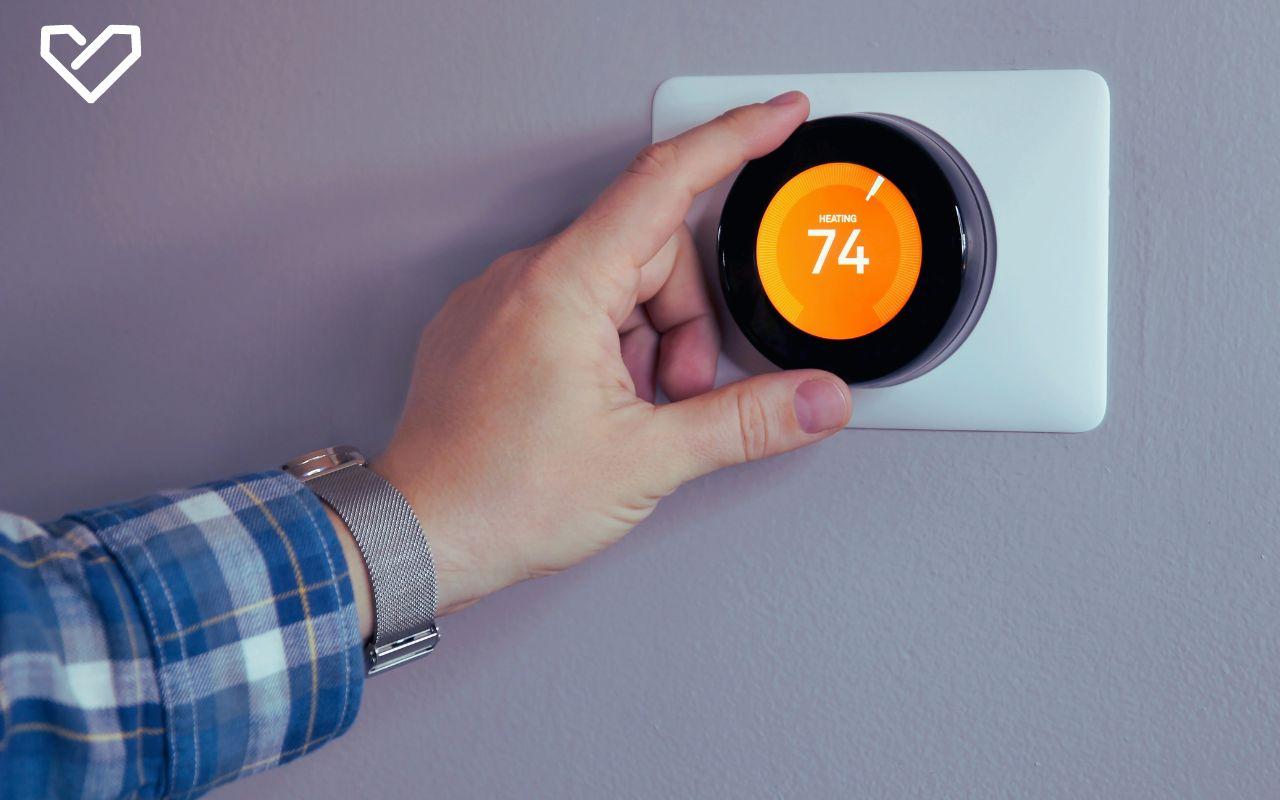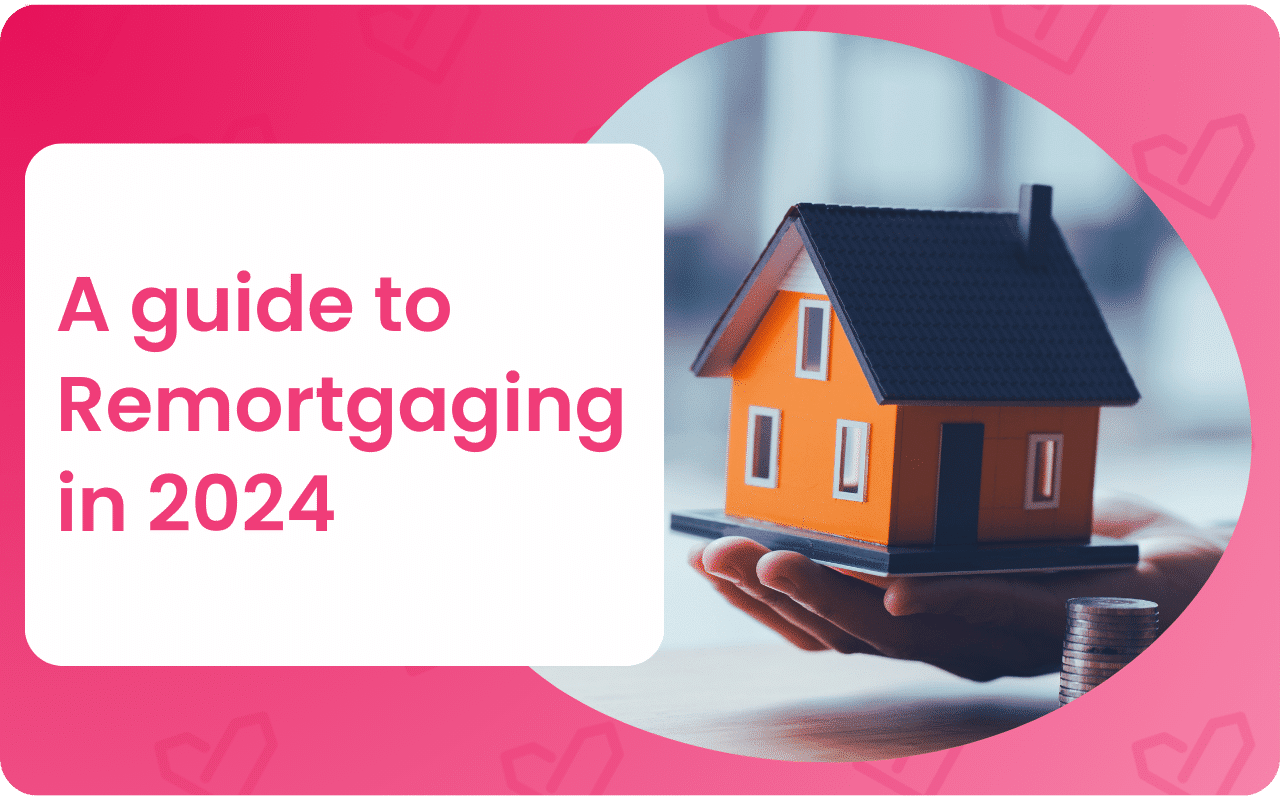
In today’s eco-conscious world, making sustainable choices is more important than ever. From adopting reusable products to adjusting heating habits and recycling diligently, we’re all striving to minimise our environmental impact.
However, one of the most significant ways to reduce your carbon footprint starts at home. Not just through your lifestyle, but within the very structure of your property.
The Rise of Green Homes:
Did you know opting for a new build is better for the environment? Modern home builders are making incredible eco strides, delivering UK homes that are not only built to last but also emit 30% less carbon compared to previous standards.
This aligns with a growing trend in the mindset of homebuyers, with 80% of first-time and 73% of second-time buyers in the UK saying they’d consider buying a green home in 2022. This clearly shows a conscious effort among homebuyers to prioritise sustainability when it comes to property purchases.
What Makes a Green Home?
Many older properties consume considerably more energy than necessary. New builds adhere to specific standards to ensure efficient energy usage, incorporating eco-friendly features for electricity, water, and heating, resulting in lower carbon emissions.
Key Sustainability Practices:
- Sustainable Materials: Eco-friendly building materials like reclaimed timber, recycled plastic, and clay brick minimise overall environmental impact by reducing the need for new material production.
- Durability and Minimal Maintenance: Using recycled but high-quality materials and adhering to excellent construction standards contributes to minimal maintenance needs. This translates to fewer large-scale repairs, major home improvements and renovations, and their associated carbon emissions.
- Biodiversity-Enhancing Outdoor Spaces: Many new builds feature outdoor areas with trees, plants, and biodiverse parks, which contribute to the overall environmental health of the development.
Are New Builds More Energy Efficient?
New builds aren’t just environmentally friendly; they’re also more economical due to their superior energy efficiency. This translates to lower costs for heating, water, and electricity.
A study by the Home Builders Federation found that new build homeowners save an average of £135 per month on energy bills compared to equivalent older properties.
Over a year, that’s an average of £1,600 per year saved on energy bills. This saving increases to £2,200 annually for house buyers compared to those purchasing flats or bungalows.

Factors Contributing to Efficiency:
This enhanced energy efficiency stems from several low carbon heating measures and other energy efficiency improvements:
- New energy-efficient appliances (ovens, hobs, washing machines)
- Energy-saving lighting
- Modern boilers
- Modern low carbon heat pump
- Improved insulation
- Double/triple-glazed windows to minimise heat loss
- Reduced water wastage
- Tested air pressure to prevent leaks
- High EPC ratings
The Future Standard of Green Homes:
As the pressure on climate change intensifies, and with residential properties contributing over 20% of the UK’s emissions, the UK government will introduce a new standard for homes and buildings in 2025.
The Future Homes and Buildings Standard aims to ensure all future new build homes from 2025 produce 75-80% less carbon emissions than homes built under previous regulations.
As the demand for sustainability grows, green new builds play a vital role in the path towards net zero.
The government strived to drive green home improvements via the Green Homes Grant – a £2bn initiative that would cover two-thirds of the cost of home improvements to cut energy bills and carbon emissions – the grant scheme was eventually scrapped.
How to be More Sustainable at Home
Whether you’re at the forefront of green living by already living or buying a new build or not, we have some universal tips to reduce your environmental impact and energy costs:
- Adjust Heating: Lower your thermostat and embrace warmer clothing as spring approaches. If unsure, gradually reduce the temperature to avoid unnecessary heating. By monitoring your heating controls, you can further improve energy efficiency measures in your home.
- Choose Light Colors: For spring renovations, opt for lighter paint colors; they reflect heat rather than absorb it.
- Review Timers: As daylight hours increase, adjust timers for lamps and devices to avoid their unnecessary activation.
- Batch Cooking: Utilise your slow cooker to prepare larger meals, reducing cooking frequency and energy consumption.
- Tax Relief for Working from Home: Claim tax breaks to offset the increased energy costs associated with home offices.
- Green Mortgage Rates: Explore energy-efficient mortgage options with potentially lower interest rates.
In a world where sustainability is no longer a choice but a necessity, green homes offer a more cost-effective and environmentally effective living solution.
Choosing a new build over an older property sets the foundation for a more sustainable future, with a focus on using renewable energy, and other energy-saving home methods, where homes are not just shelters but active contributors to the well-being of our planet.
As specialist new home advisers, we’re proud to work with a number of exceptional builders who are meeting new sustainable building standards, and creating eco-friendly living opportunities for UK homebuyers.





